The Secret Power of the White Colored Pencil - Here's How You Use It!
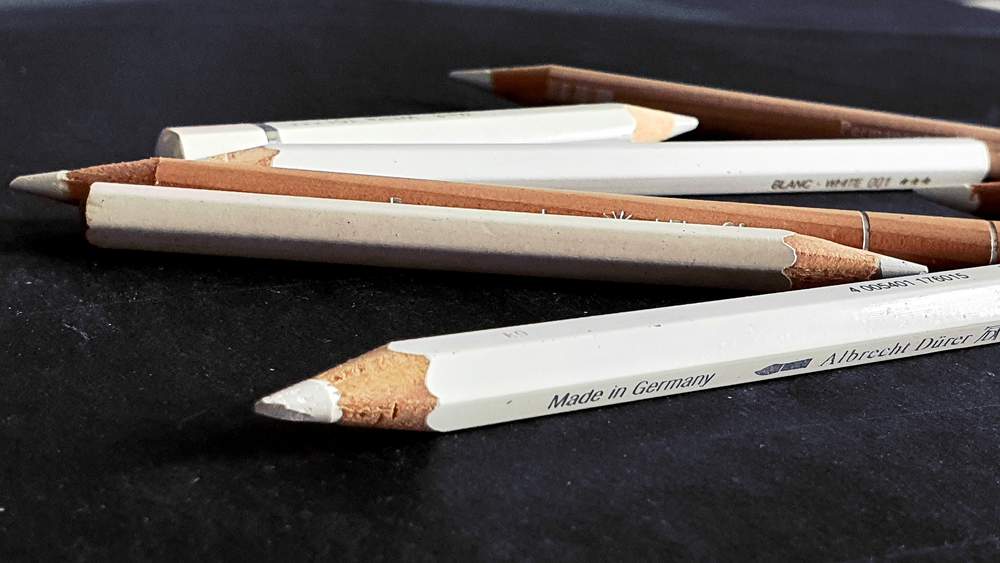
Have you ever wondered about the purpose of a white colored pencil? What do you even do with it?
Well, the white colored pencil is for me one of the most important ones as it allows me to do things you can't easily achieve with other pencils.
So let's dive in and find out how you can use the white colored pencil and why it's my favorite.
Disclaimer: In the name of full transparency, please be aware that this blog post contains affiliate links and any purchases made through such links will result in a small commission for me (at no extra cost for you).
What can you do with the white colored pencil?
1. Blending
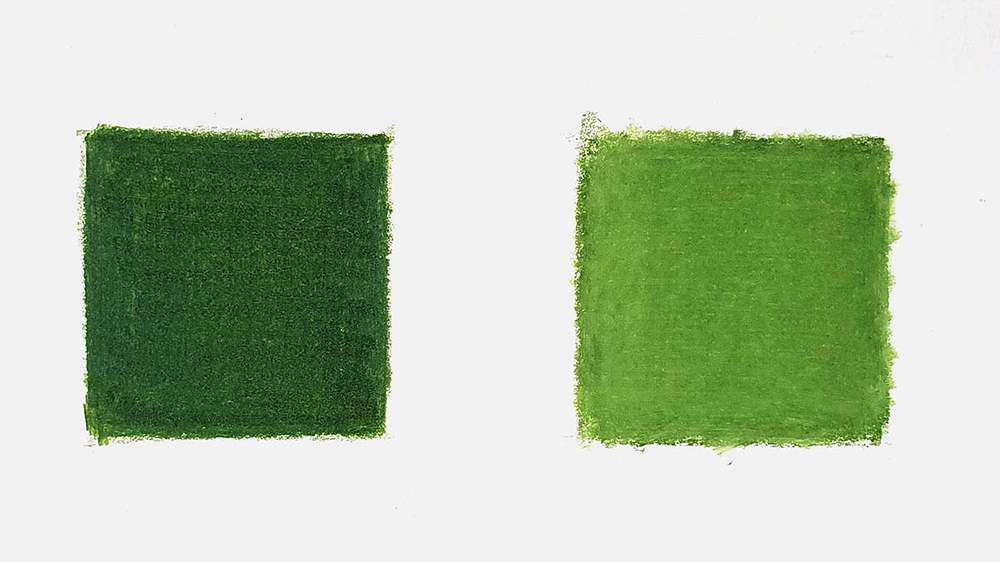
In my opinion, one of the most crucial uses for the white colored pencil is blending. It's fantastic for creating a smooth, seamless look in your artwork. Here's how I like to use the white colored pencil for blending:
- First, lay down your base colors. Don't worry if they're not perfectly smooth just yet.
- Next, grab your trusty white colored pencil and start coloring over the base colors, using light pressure.
- The key here is to use small, circular motions or a back-and-forth motion to blend the colors together.
The white colored pencil will not only help you to blend the colors but also lighten and soften them.
You can read more about blending colored pencils in this article I made.
2. Making Difficult-to-Blend Colored Pencils Blend Easier
We've all been there - some colored pencils just refuse to play nice and blend together. However, the white colored pencil is here to save your day. By creating a white base layer, you're essentially "prepping" the paper to accept the colored pencils more easily. Here's why it works:
- The white colored pencil fills in the tiny grooves and valleys of the paper, creating a smoother surface.
- This smoother surface allows the colored pencils to glide and blend more easily on top of the white base.
To use this technique, simply color the area where you want to blend with the white colored pencil, applying even pressure. Then, layer your desired colors on top and blend as usual. You'll be amazed at the difference it makes!
3. Creating Gradients
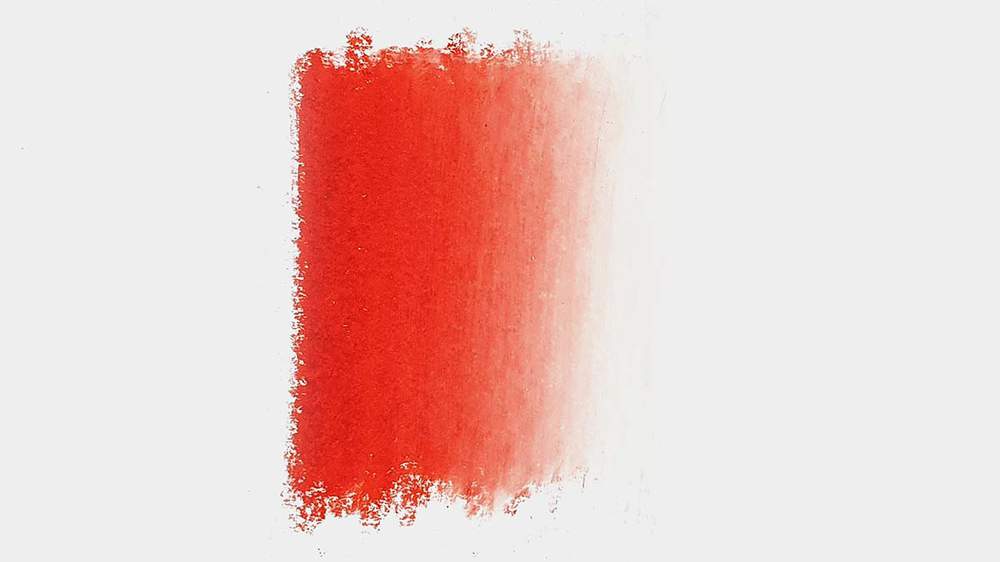
Who doesn't love a smooth, beautiful transition between colors? The white colored pencil can be your best friend when it comes to creating those mesmerizing gradients. There are endless possibilities with this technique - from soft and subtle to bold and dramatic. Here's how to create a gradient with the white colored pencil:
- First, choose your base color and lay it down where you want the gradient to be darkest.
- Next, gradually decrease the pressure as you move toward the area where you want the gradient to be lighter.
- Now, grab your white colored pencil and color over the lighter part of the gradient, starting with light pressure and gradually increasing it as you move towards the darker part.
- Blend the two colors together where they meet using small, circular motions or a back-and-forth motion.
Voila! You've created a stunning gradient with the help of your trusty white colored pencil.
Make sure to check out this more in-depth guide on how to create gradients with colored pencils.
4. Drawing Highlights
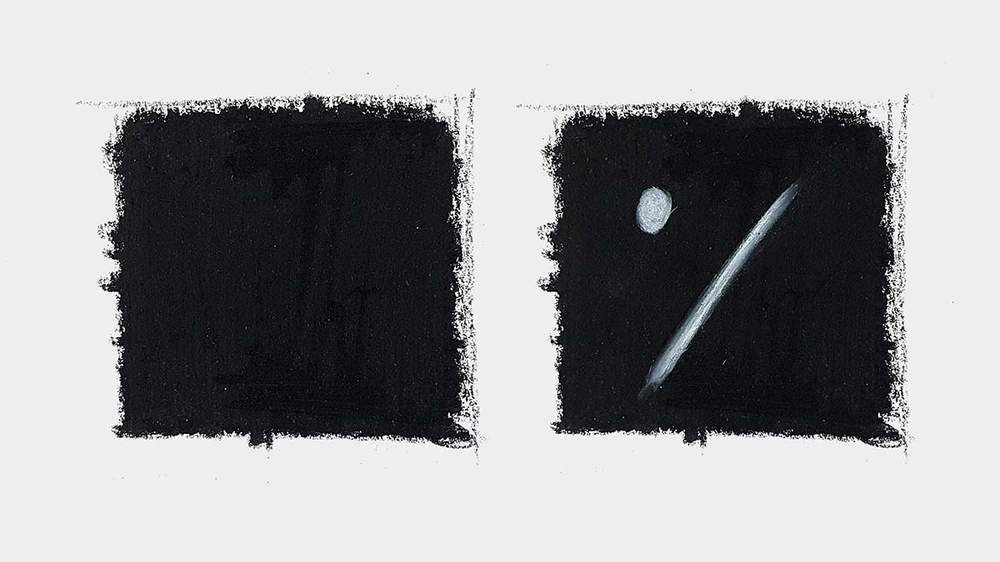
I can't stress enough the importance of adding a few highlights to your artwork. It can really elevate your piece and make it come alive. The white colored pencil is perfect for this task, as it adds a subtle, natural-looking shine.
Here's how I like to use the white colored pencil for highlights:
First, identify the areas in your artwork where the light would naturally hit. This could be on a character's face, an edge on a car, or even the surface of water.
Next, grab your white colored pencil and lightly sketch in the highlight areas. You can always adjust the intensity later, so start with a light touch.
Now, evaluate your highlights. If they look too stark, try blending them out slightly with the base color or a lighter shade of the same hue.
Finally, step back and admire your handiwork. Those highlights should really make your piece pop!
What is the best white colored pencil?
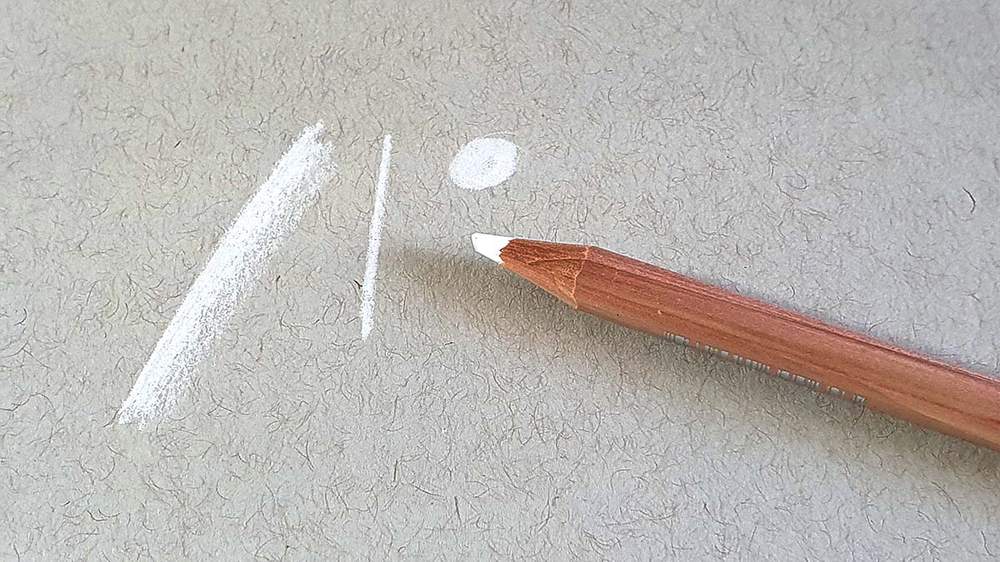
In my experience, when it comes to blending and creating gradients, wax-based white pencils are your best bet. They're soft and creamy, making blending and layering an incredibly smooth process.
Oil-based pencils, on the other hand, tend to be harder and less creamy, making them more challenging to work with.
In my opinion, the Caran d'Ache Luminance white colored pencil outshines other white pencils in terms of opacity and blending capabilities.
For drawing highlights, wax-based pencils are generally great, but if you need to create very small or thin highlights, white watercolor pencils can be a game-changer. As I mentioned earlier, wax-based colored pencils are quite soft, which can make it difficult to draw thin lines.
However, watercolor pencils are harder while still effortlessly releasing their pigment. I often use these pencils for adding fine lines and details to my artwork.
My personal favorite is the Caran d'Ache Supracolor white watercolor pencil, but other options like the Faber Castell Albrecht Dürer watercolor pencils would work just as well.
Conclusion
Well, there you have it, my artistic friends! The white colored pencil is an unsung hero in the world of art. Let's recap what we've learned about this versatile tool:
- Blending: The white colored pencil is fantastic for blending and softening colors.
- Making difficult-to-blend colored pencils easier to work with: By creating a white base layer, you can make blending a breeze.
- Creating gradients: The white colored pencil can help you create stunning, smooth color transitions.
- Drawing highlights: The white colored pencil is perfect for adding natural-looking highlights to your artwork.
Before I let you go, here are some final tips and recommendations to help you make the most of your white colored pencil:
- Choose the right colored pencils. High-quality pencils can make a big difference in your artwork. Be sure to check out my article on the best colored pencils for some great recommendations.
- Keep your white colored pencil sharp for precise work and highlights.
- Practice makes perfect - experiment with different blending techniques and pressure levels to find what works best for you.
- Don't be afraid to layer! The white colored pencil can work wonders when combined with other colors.
- Finally, have fun and let your creativity run wild!
So, the next time you pick up your colored pencil set, don't forget to give the white colored pencil the love and attention it deserves. I guarantee it'll become one of your favorite tools in no time.
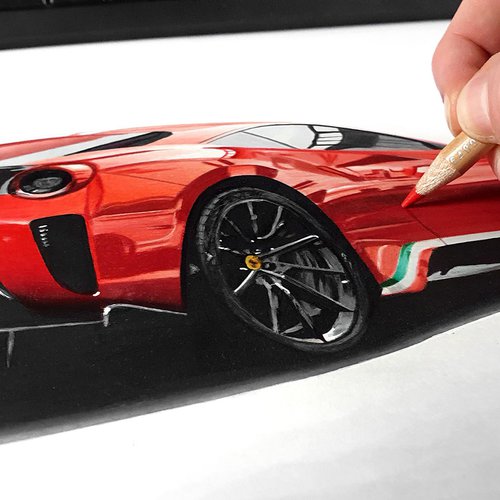

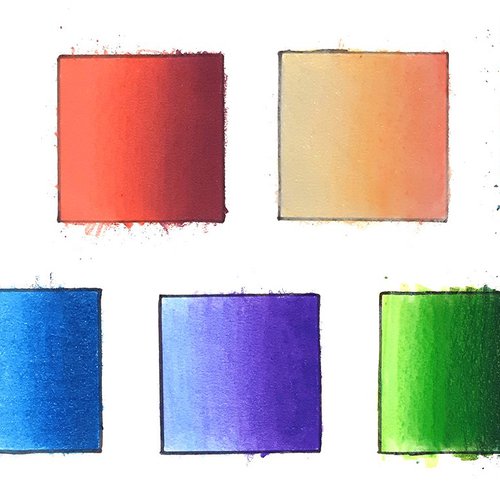
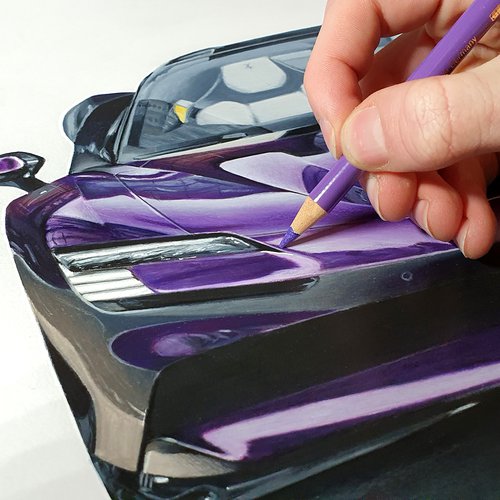

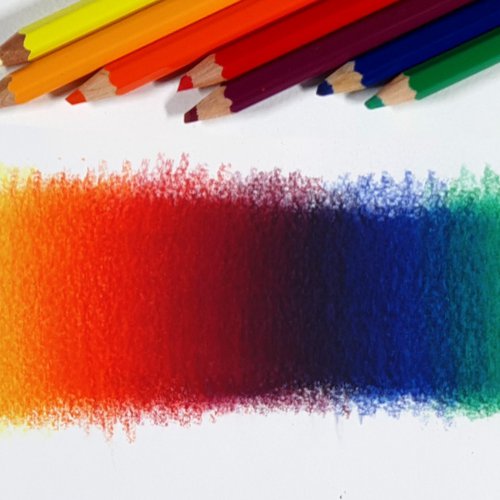
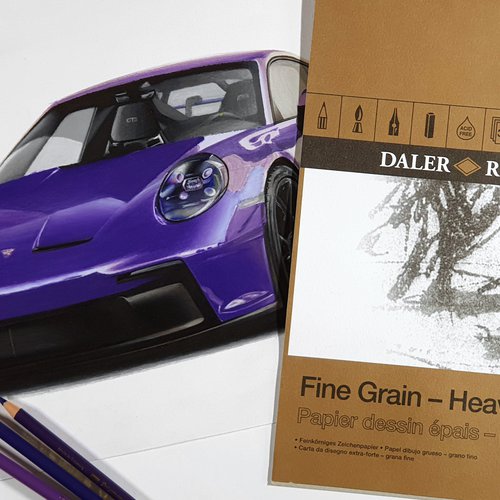


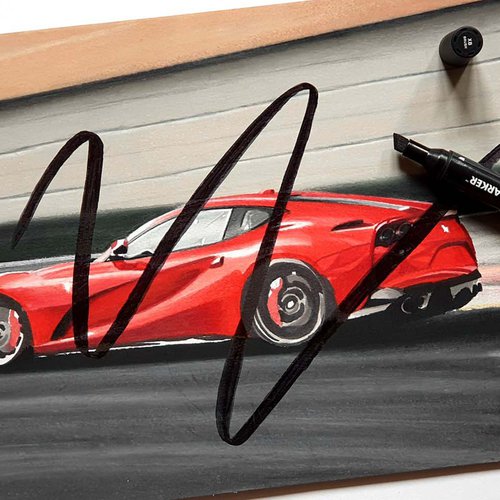

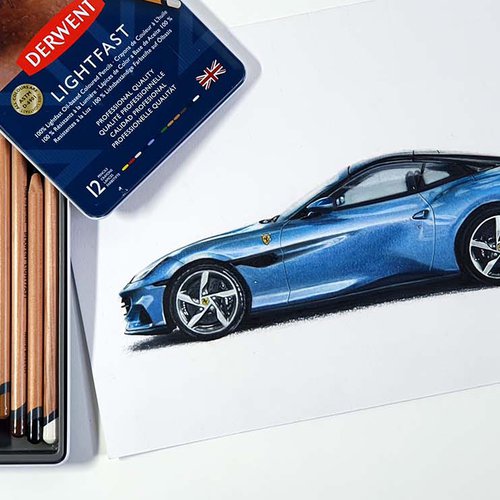




Add a comment
Comments
Thank you for sharing such interesting and helpful insights on coloring with Pencils. I only have FABER CASTLE coloring pencils, but I will certainly get the White pencils that you have suggested. I enjoy drawing and coloring very much.
Thanks for this great tip. I'm a colouring enthusiast since childhood not an artist. But its been fun learning all these new tips like shading blending,I'm really surprised how different and so much depth it all gives the piece.
Lo ve you use of white pencils ,just going to try it now John
Stunning work. Thank you for the informative advice.
Wonderful news thank you!